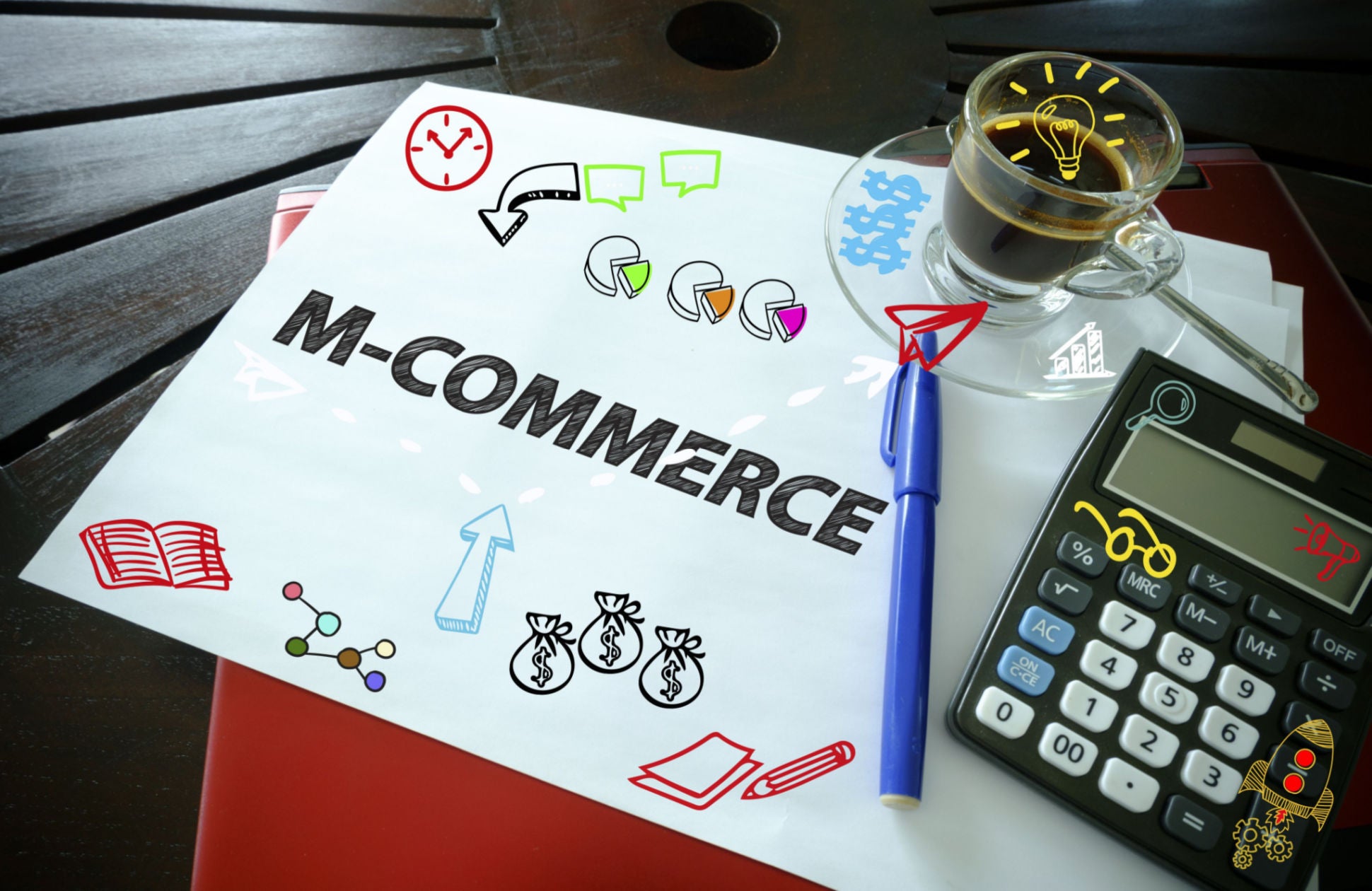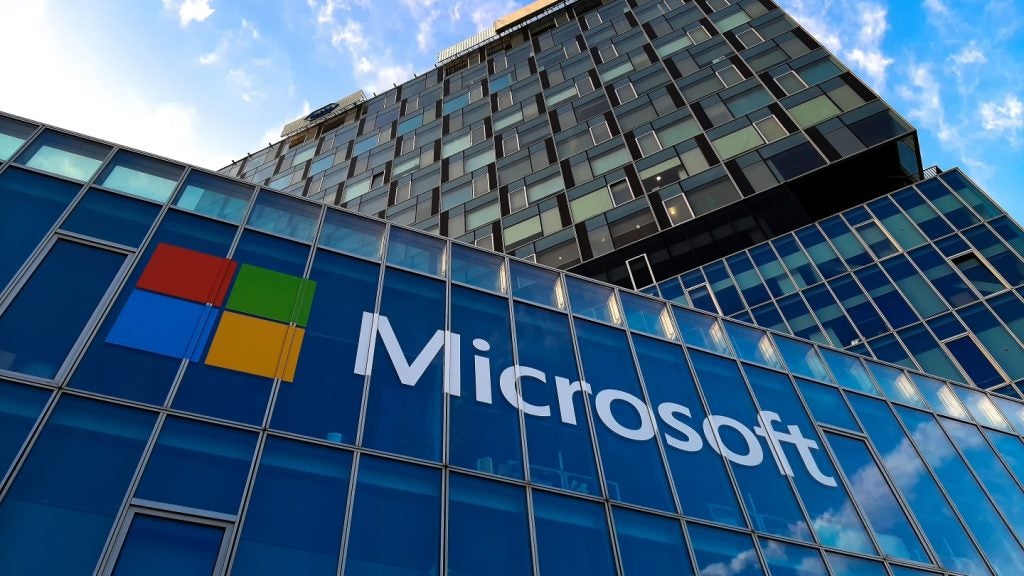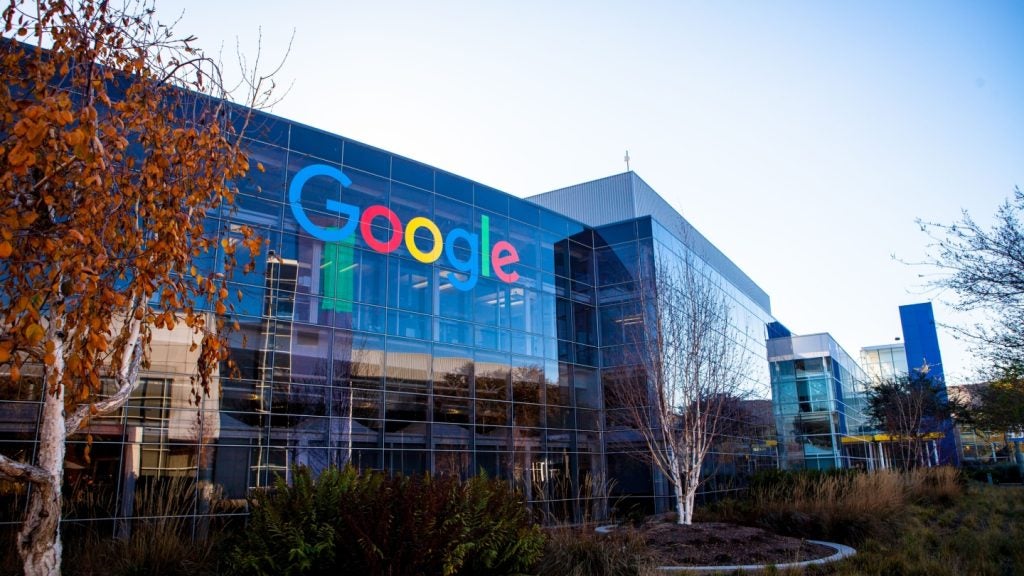
Mobile commerce, also known as m-commerce, has seen rapid growth in recent years, driven by Covid-19 and a speedy shift towards online shopping. It is particularly popular among millennials and Generation Z who engage heavily in social commerce. Retailers are offering ‘quick checkout’ or ‘buy now’ options on their websites and apps to make it easier for consumers to purchase items. According to GlobalData, global m-commerce transactions reached $2.8 trillion in 2021 and are projected to reach $4.9 trillion by 2025. As of 2021, global mobile commerce represented 52.7% of total ecommerce.
Millennials and Gen Z are driving m-commerce
Millennials and Gen Z are the driving forces behind the popularity of digital payments as they are familiar with new technologies and are more open-minded when it comes to trying out innovative solutions that provide greater convenience in their lives. Alternative payment tools such as Cash App and Klarna have focused on improving the online shopping experience of consumers by offering personalized experiences. According to data from GlobalData’s 2021 Financial Services Consumer Survey, 73.4% of millennials and 73% of Gen Z respondents are open to sharing their data if the service they get will benefit them and improve their overall experience.
The social commerce landscape cannot be ignored, given the potential it has for reaching a wider audience and successfully generating new revenue streams from advertising. Across all its platforms, Meta has access to more than three billion monthly active users that it could directly target. Enabling users to shop on social media apps has allowed social media platforms to play a greater role in the ecommerce market and compete with traditional ecommerce platforms, such as Amazon and eBay.
Digital wallets, such as Apple Pay and Google Pay, which enable card payments via smartphones, are benefitting from this trend and the growing digitization of payments. Apple Pay has continued to expand into new markets, and most recently went live in Qatar and Malaysia.
Shift from cash to non-cash payments
Cash is continuing to decline globally in favour of electronic payment tools for everyday transactions. Countries are becoming more cashless, and governments are becoming motivated to accelerate this shift to reduce the size of the black market. Covid-19 has also accelerated the decline in cash usage and consumers see mobile as the lowest-risk option when it comes to limiting contact with physical POS equipment. Markets in Asia and Africa have leap-frogged cards, moving directly from cash-dependent to mobile payment-based societies. China alone makes up 71% of global mobile wallet transactions by value, according to GlobalData’s Mobile Wallet Analytics.
Increasing support for furthering mobile payments will, however, also put pressure on governments to provide solutions for people that cannot access the electronic economy. As digital wallets become a core part of payments and shopping features become integrated within social media platforms, m-commerce transactions will continue to grow. Merchants and payment providers will need to work on optimizing websites and payment solutions for smartphones and tablets to remain competitive and appealing to consumers.
How well do you really know your competitors?
Access the most comprehensive Company Profiles on the market, powered by GlobalData. Save hours of research. Gain competitive edge.

Thank you!
Your download email will arrive shortly
Not ready to buy yet? Download a free sample
We are confident about the unique quality of our Company Profiles. However, we want you to make the most beneficial decision for your business, so we offer a free sample that you can download by submitting the below form
By GlobalData






